Home>Gardening & Outdoor>Landscaping Ideas>When To First Cut My Grass In The Spring


Landscaping Ideas
When To First Cut My Grass In The Spring
Modified: March 27, 2024
Discover the best landscaping ideas for when to first cut your grass in the spring. Learn expert tips and techniques to keep your lawn looking its best.
(Many of the links in this article redirect to a specific reviewed product. Your purchase of these products through affiliate links helps to generate commission for Storables.com, at no extra cost. Learn more)
Introduction
Welcome to the vibrant world of springtime landscaping! As the frost of winter gives way to the warmth of the sun, our gardens and lawns awaken from their wintry slumber, beckoning us to tend to their needs. One of the most eagerly anticipated tasks for many homeowners is the first grass cutting of the season. This pivotal moment sets the stage for a lush, healthy lawn throughout the spring and summer months. However, determining the perfect time for this inaugural mowing session involves careful consideration of various factors.
In this comprehensive guide, we will explore the crucial elements to contemplate before firing up the lawnmower for the first time in spring. From assessing the condition of the grass to understanding the local climate, we will delve into the considerations that will influence the ideal timing for that initial trim. Additionally, we will share valuable tips to ensure that your first spring cut sets the groundwork for a thriving, verdant lawn. Let’s embark on this journey to discover the optimal moment to give our grass its seasonal makeover!
Key Takeaways:
- Timing is crucial for the first spring grass cut. Wait for the grass to reach 2-3 inches in height and ensure dry weather for a successful and healthy mow.
- Before mowing, inspect the mower, adjust the cutting height, and mow when dry to nurture a thriving and vibrant lawn throughout the season.
Read more: When To First Cut The Grass
Factors to Consider Before Cutting
Before diving into the act of mowing your lawn for the first time in the spring, it’s essential to assess several key factors that can significantly impact the outcome. Understanding these elements will enable you to make an informed decision about the most opportune moment to commence the mowing season.
- Grass Height: The length of the grass following the winter months is a crucial factor to evaluate. Ideally, the grass should be at least 2 to 3 inches tall before the first mowing. This height provides ample leaf surface for photosynthesis, which is vital for the overall health and vigor of the grass.
- Soil Moisture: Assessing the moisture content of the soil is paramount. Mowing wet grass can lead to an uneven cut, clumping, and potential damage to the turf. It’s advisable to wait until the grass and soil have dried out after any recent precipitation or morning dew.
- Weather Conditions: Monitoring the weather forecast is essential before scheduling the first spring mow. Ideally, choose a day when the weather is dry, and the grass has had sufficient time to dry out. Mowing on a sunny day is preferable, as it allows the grass to recover quickly from the stress of cutting.
- Blade Condition: It’s important to ensure that the lawnmower blades are sharp and in good condition before the first cut. Dull blades can tear the grass rather than providing a clean cut, potentially leaving the lawn vulnerable to disease and stress.
- Growth Pattern: Understanding the growth pattern of your specific grass type is crucial. Warm-season grasses, such as Bermuda and Zoysia, require mowing when they are actively growing, typically in late spring. In contrast, cool-season grasses, including Kentucky bluegrass and fescue, may necessitate an earlier first cut in regions with milder winters.
By carefully considering these factors, you can make an informed decision about the optimal timing for the first spring mow, setting the stage for a healthy and vibrant lawn throughout the season.
Ideal Time to Cut
Timing plays a pivotal role in ensuring the success of the first spring cut. While the specific timing may vary based on geographic location and grass type, several general guidelines can help determine the ideal moment to commence the mowing season.
As the winter frost gives way to the warmth of spring, it’s essential to wait for the grass to exhibit adequate growth before mowing. A good rule of thumb is to wait until the grass reaches a height of around 2 to 3 inches. At this length, the grass has had the opportunity to establish a robust root system and develop sufficient leaf surface for photosynthesis.
Another crucial consideration is the prevailing weather conditions. It’s advisable to schedule the first mow on a day when the weather is dry, and the grass and soil have had the chance to dry out. Mowing wet grass can lead to an uneven cut, clumping, and potential damage to the turf. Additionally, choosing a sunny day for the first cut allows the grass to recover swiftly from the stress of mowing.
Understanding the growth pattern of the specific grass type in your lawn is also essential in determining the ideal time for the first spring cut. Warm-season grasses, such as Bermuda and Zoysia, typically require mowing when they are actively growing, which often occurs in late spring. In contrast, cool-season grasses, including Kentucky bluegrass and fescue, may necessitate an earlier first cut, especially in regions with milder winters.
By considering these factors and being attentive to the growth and condition of the grass, you can pinpoint the ideal time to embark on the first mowing session of the spring. This strategic approach sets the stage for a well-maintained and vibrant lawn throughout the season.
Wait until your grass is at least 3 inches tall before the first cut in the spring. Cutting too early can stress the grass and hinder its growth.
Tips for First Spring Cut
Embarking on the first spring cut is an exciting step toward nurturing a lush, healthy lawn. To ensure that this initial mowing session sets the stage for a thriving lawn throughout the spring and summer, consider the following tips:
- Inspect and Prepare the Mower: Before mowing, inspect the lawnmower to ensure that it is in optimal working condition. Check the oil, spark plug, air filter, and blade sharpness. If necessary, clean the undercarriage to prevent clumping during mowing.
- Adjust Mowing Height: Set the mower deck at the appropriate height for the first cut. Avoid cutting the grass too short, as this can stress the turf and leave it vulnerable to weed invasion and disease. Aim to remove no more than one-third of the grass blade’s length in a single mowing session.
- Clear the Lawn: Remove any debris, such as fallen branches or twigs, from the lawn before mowing. This helps prevent potential damage to the lawnmower and ensures an even cut across the entire lawn surface.
- Mow When Dry: It’s crucial to mow the lawn when both the grass and soil are dry. Mowing wet grass can result in clumping and an uneven cut, potentially hampering the lawn’s overall health.
- Alternate Mowing Patterns: Vary the mowing direction with each session to prevent the grass from developing a permanent lean in one direction. This practice encourages upright growth and a more uniform appearance across the lawn.
- Consider Mulching: If your lawnmower is equipped with a mulching attachment, consider using it during the first spring cut. Mulching grass clippings can provide valuable nutrients to the soil, promoting healthy growth and reducing the need for additional fertilization.
- Trim the Edges: After mowing the main lawn area, pay attention to trimming the edges for a polished, well-groomed appearance. This step adds a finishing touch to the overall aesthetic of the lawn.
- Monitor Growth and Health: Following the first spring cut, monitor the lawn’s growth and overall health. Address any areas that may require additional attention, such as thinning patches or signs of stress.
By adhering to these tips and best practices, you can ensure that the first spring cut contributes to the overall health and beauty of your lawn, setting the stage for a vibrant and inviting outdoor space for the season ahead.
Conclusion
The first grass cutting of the spring marks a significant milestone in the seasonal care of your lawn. By carefully considering factors such as grass height, soil moisture, weather conditions, blade condition, and growth patterns, you can make an informed decision about the optimal time to commence the mowing season. Waiting for the grass to reach an adequate height and ensuring favorable weather conditions are essential steps in setting the stage for a successful first spring cut.
Timing plays a crucial role in the outcome of the first mowing session. By waiting for the grass to exhibit sufficient growth and ensuring that the weather and soil conditions are favorable, you can lay the groundwork for a healthy and vibrant lawn throughout the spring and summer months. Understanding the growth patterns of your specific grass type further contributes to determining the ideal time for the first spring cut, ensuring that your lawn receives the care it needs at the right moment.
When embarking on the first spring cut, adhering to best practices such as inspecting and preparing the lawnmower, adjusting the mowing height, clearing the lawn, and mowing when dry can contribute to a successful and stress-free mowing experience. Additionally, considering mulching, alternating mowing patterns, and monitoring the lawn’s growth and health following the first cut are valuable steps in nurturing a thriving and resilient lawn.
As you prepare to give your lawn its seasonal makeover, remember that the first spring cut sets the stage for a well-maintained and vibrant lawn throughout the season. By carefully considering the factors, timing, and best practices outlined in this guide, you can embark on the first mowing session with confidence, knowing that you are contributing to the overall health and beauty of your outdoor space. Here’s to a season of lush, green lawns and the joy of nurturing your outdoor oasis!
Frequently Asked Questions about When To First Cut My Grass In The Spring
Was this page helpful?
At Storables.com, we guarantee accurate and reliable information. Our content, validated by Expert Board Contributors, is crafted following stringent Editorial Policies. We're committed to providing you with well-researched, expert-backed insights for all your informational needs.

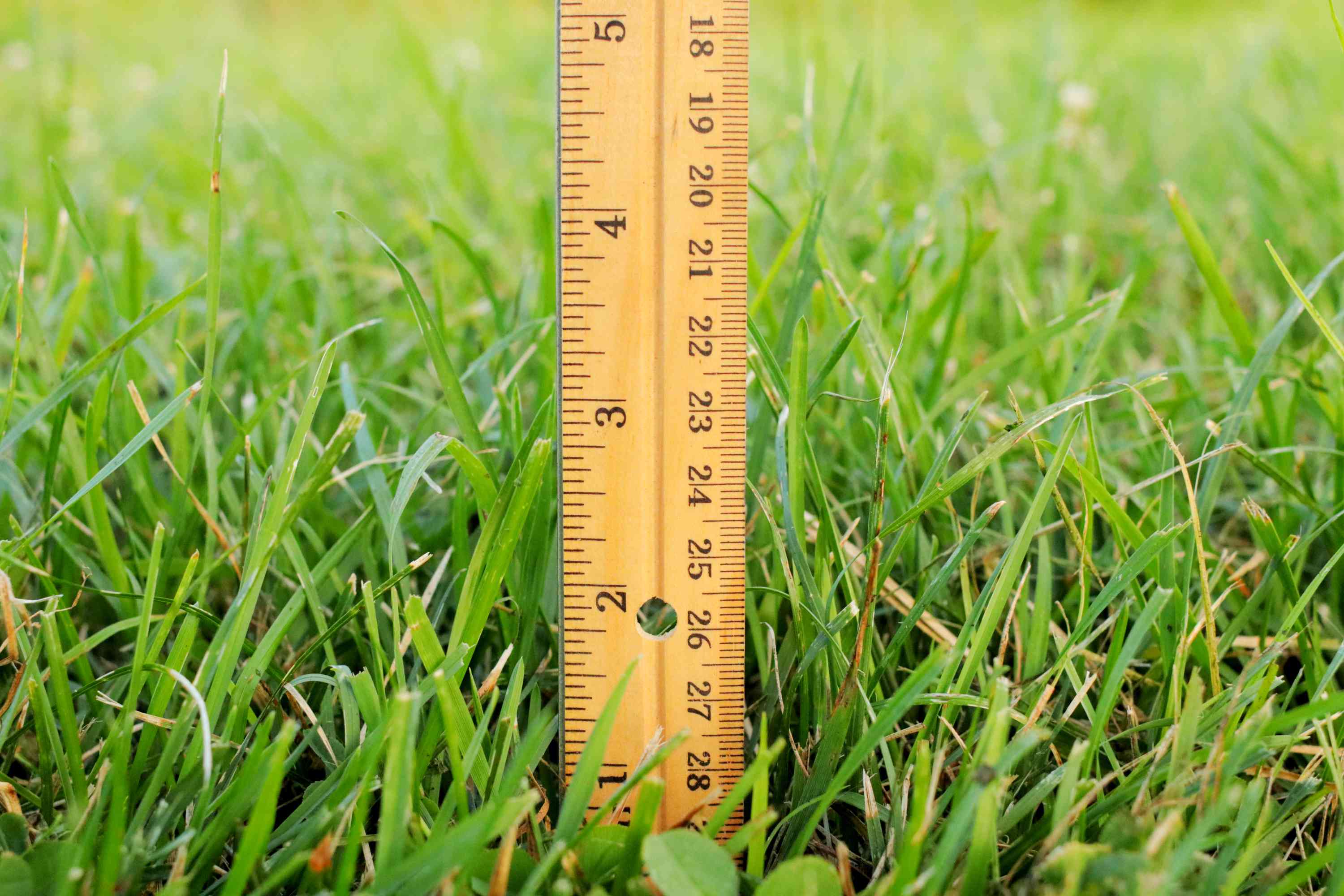
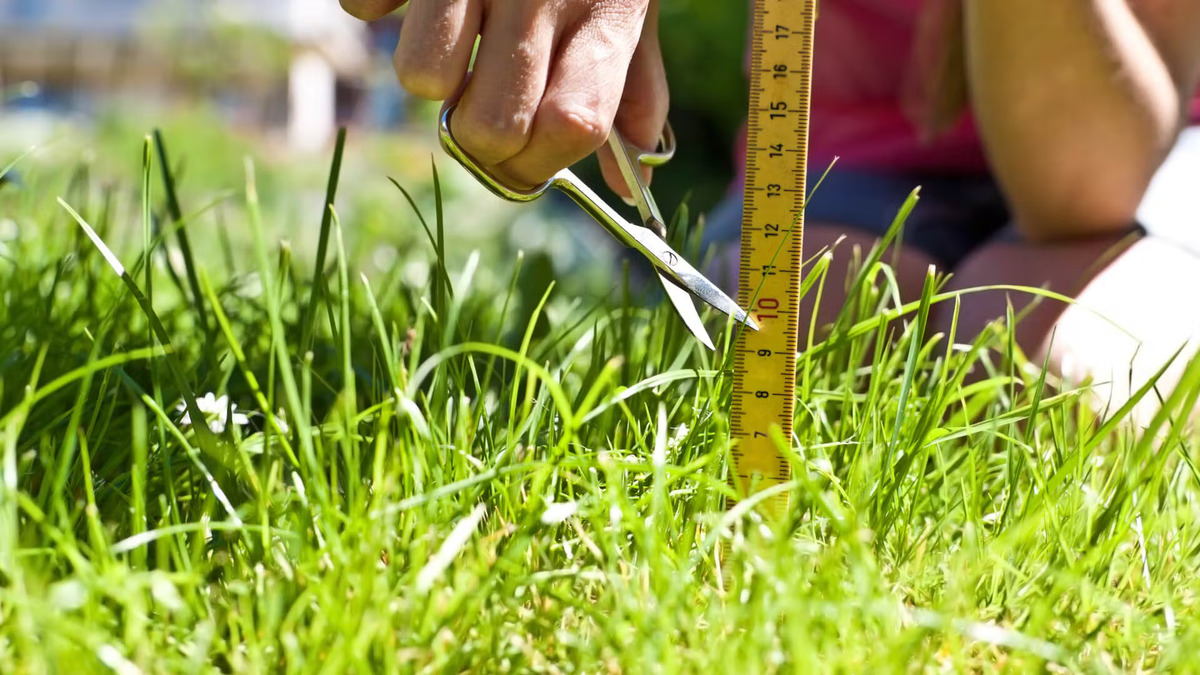
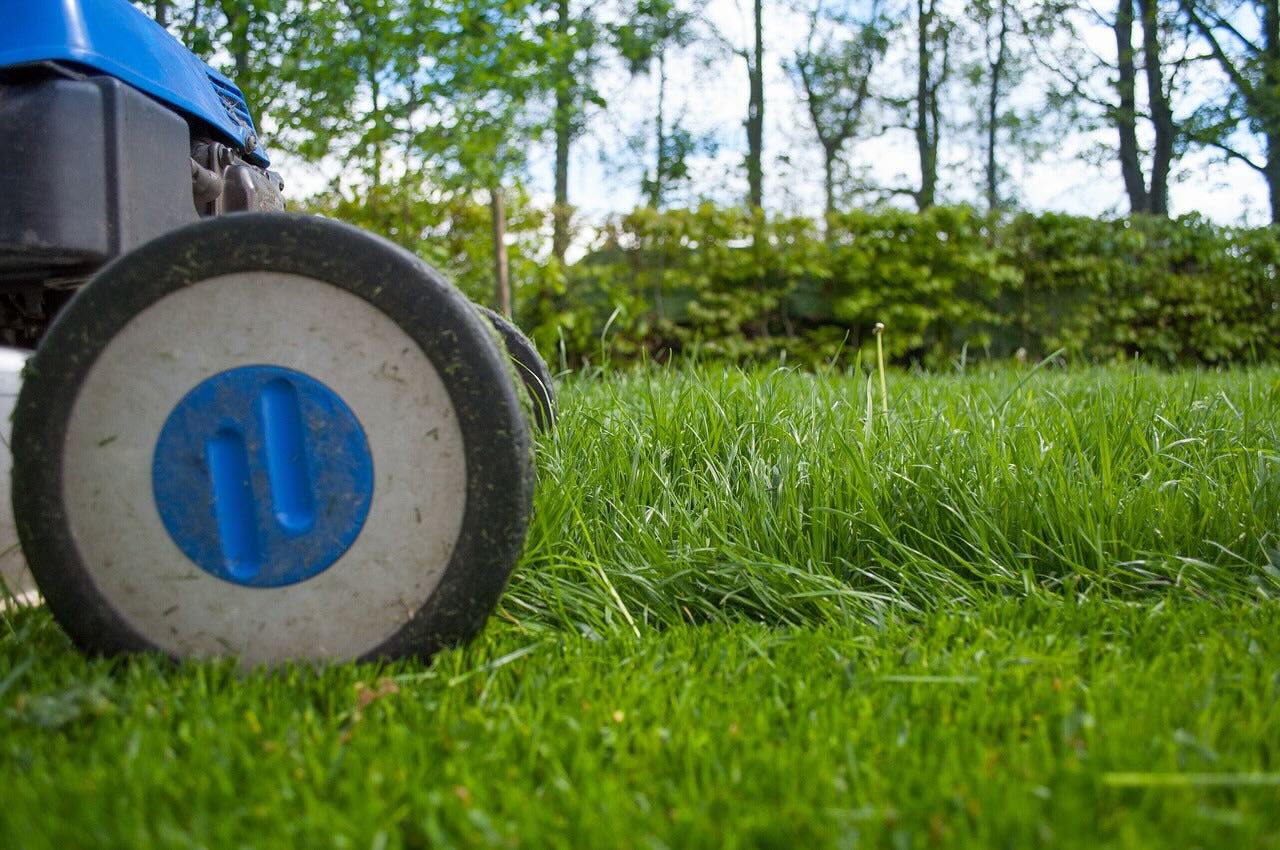
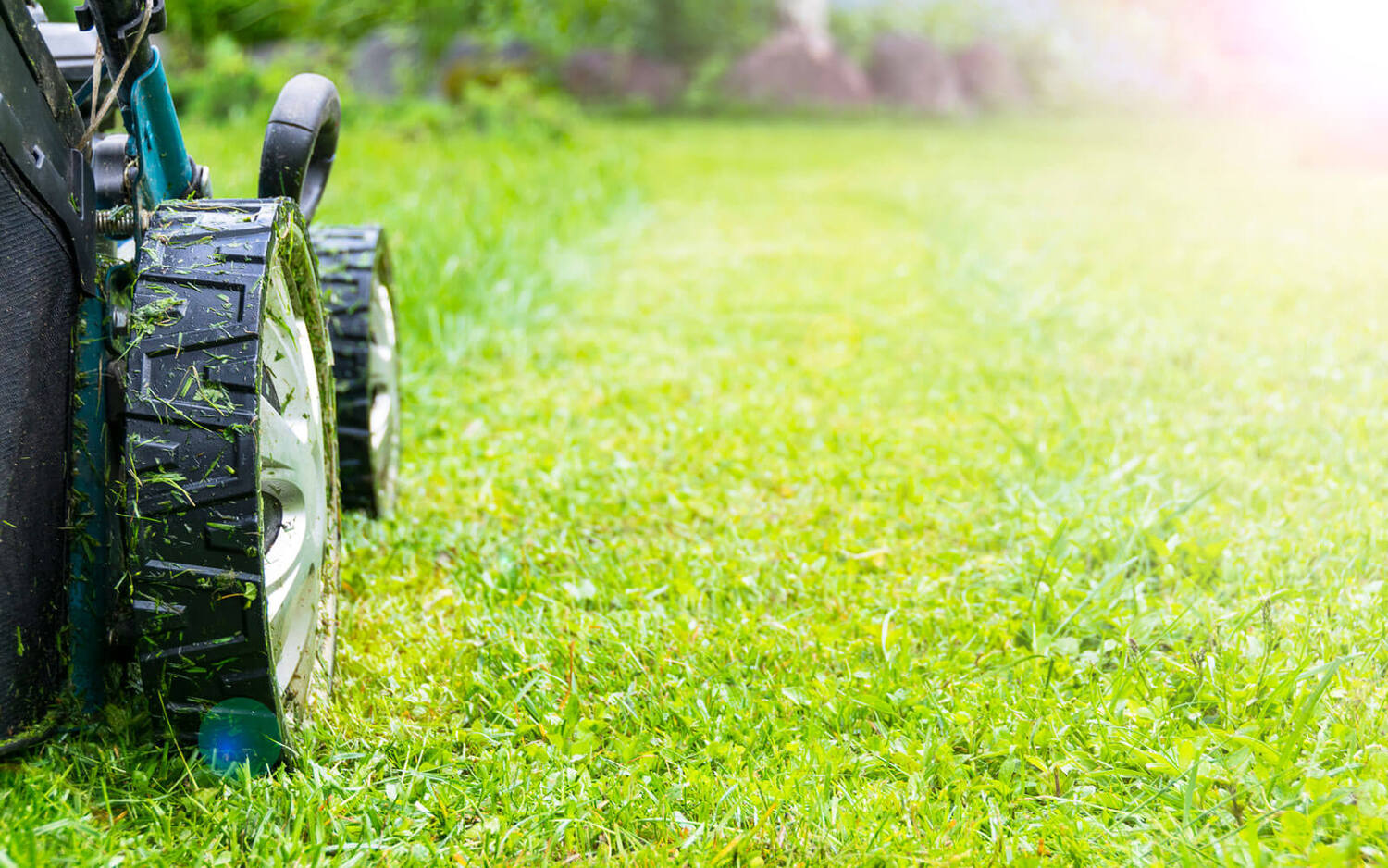
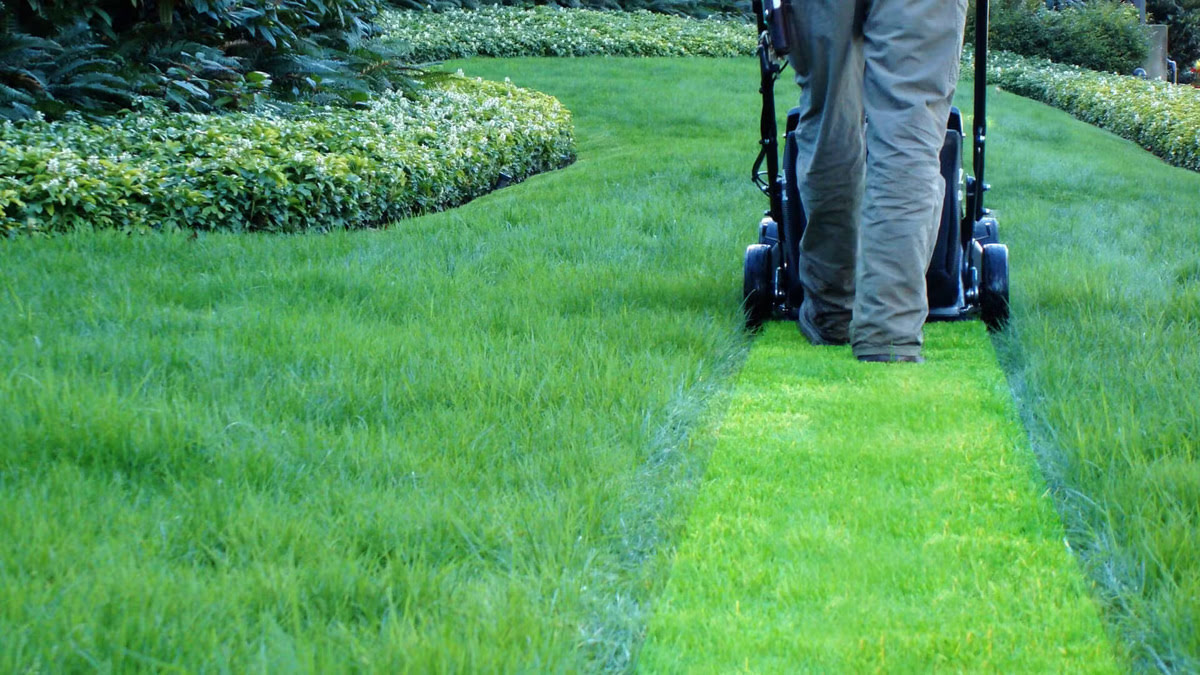
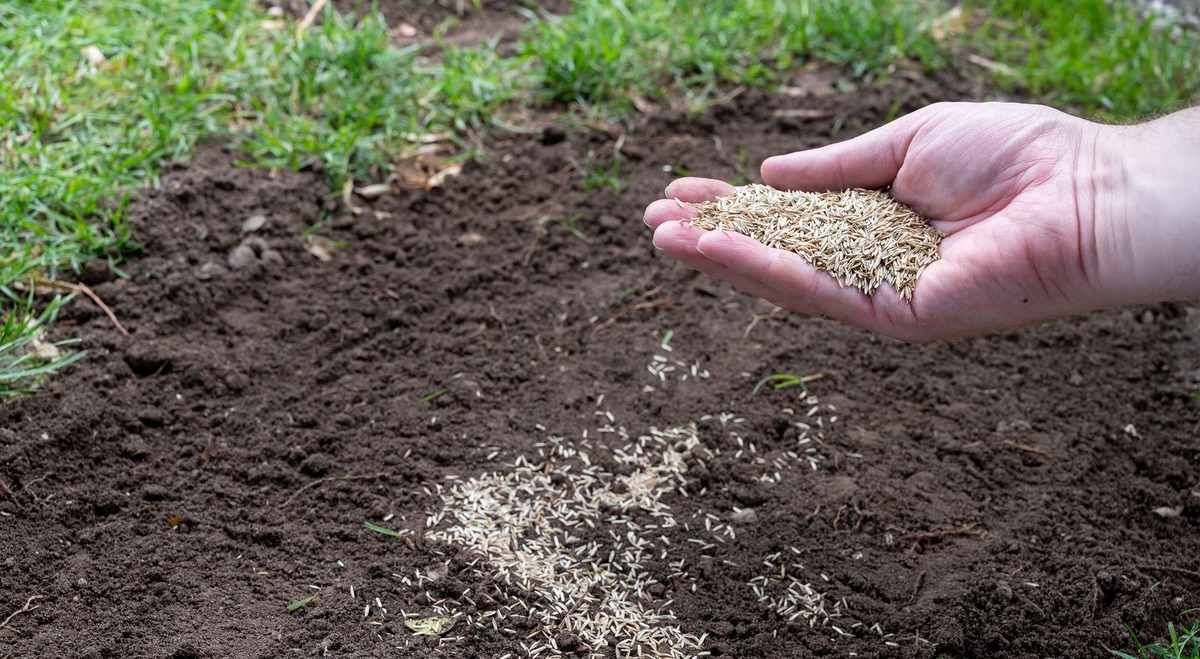
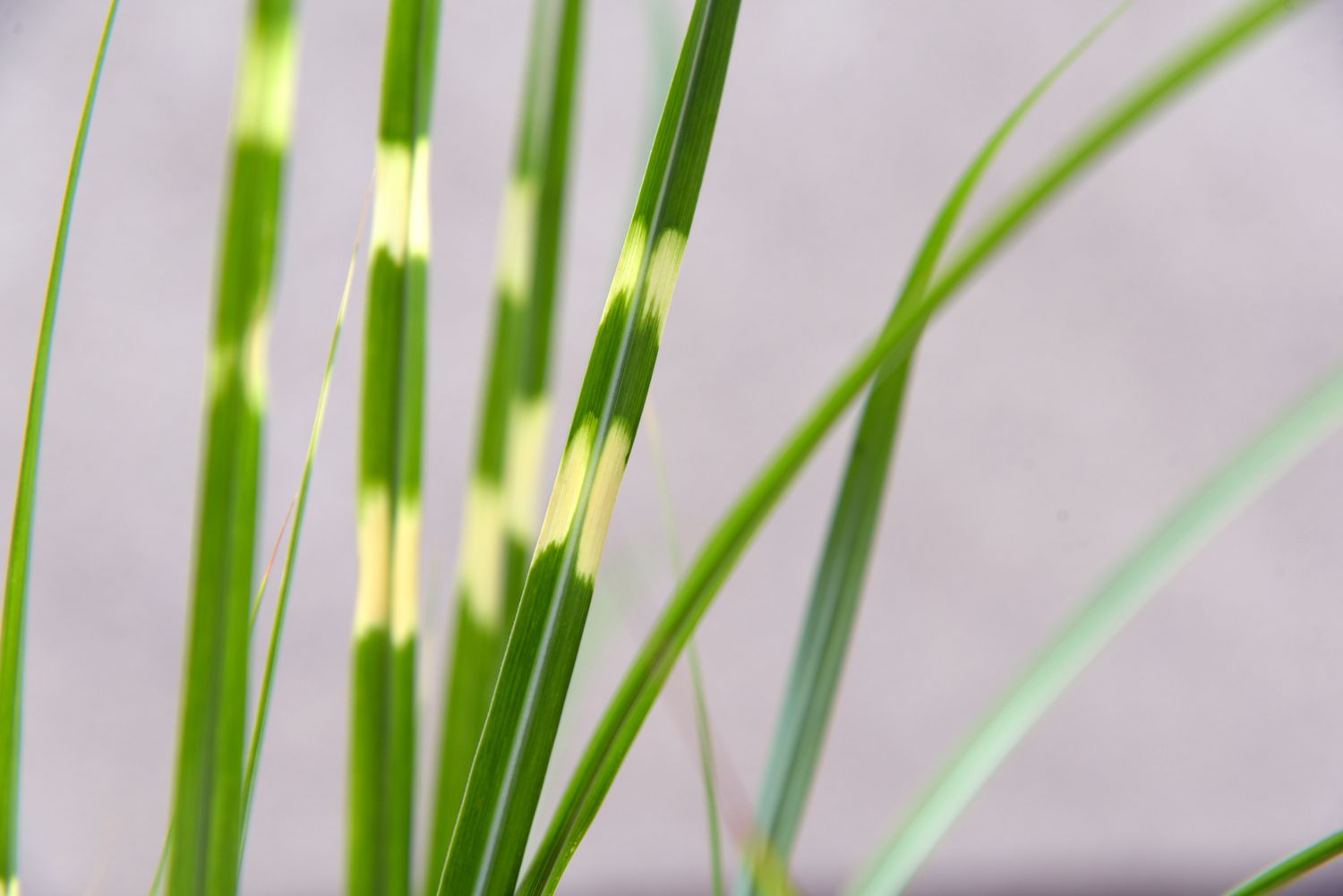
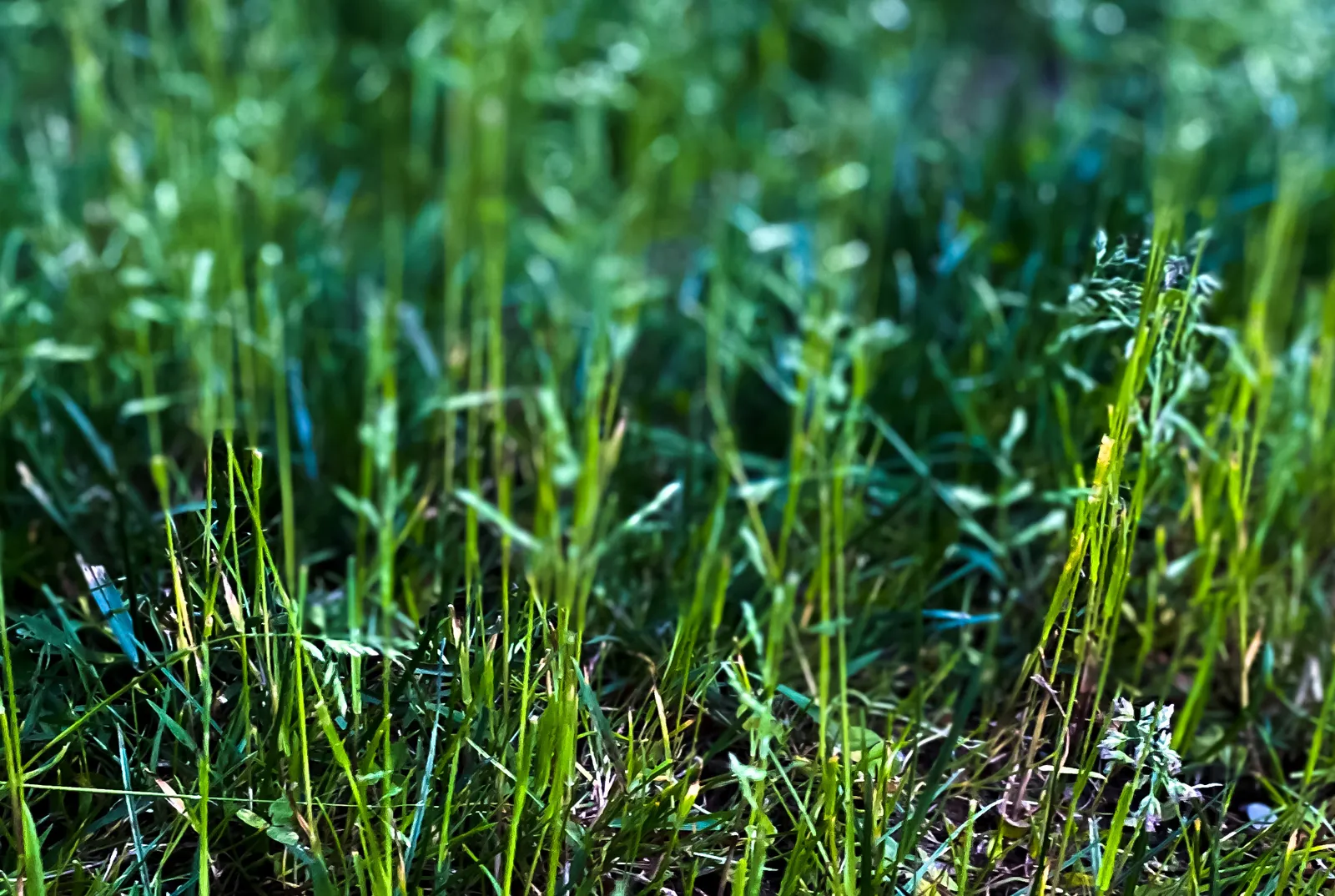
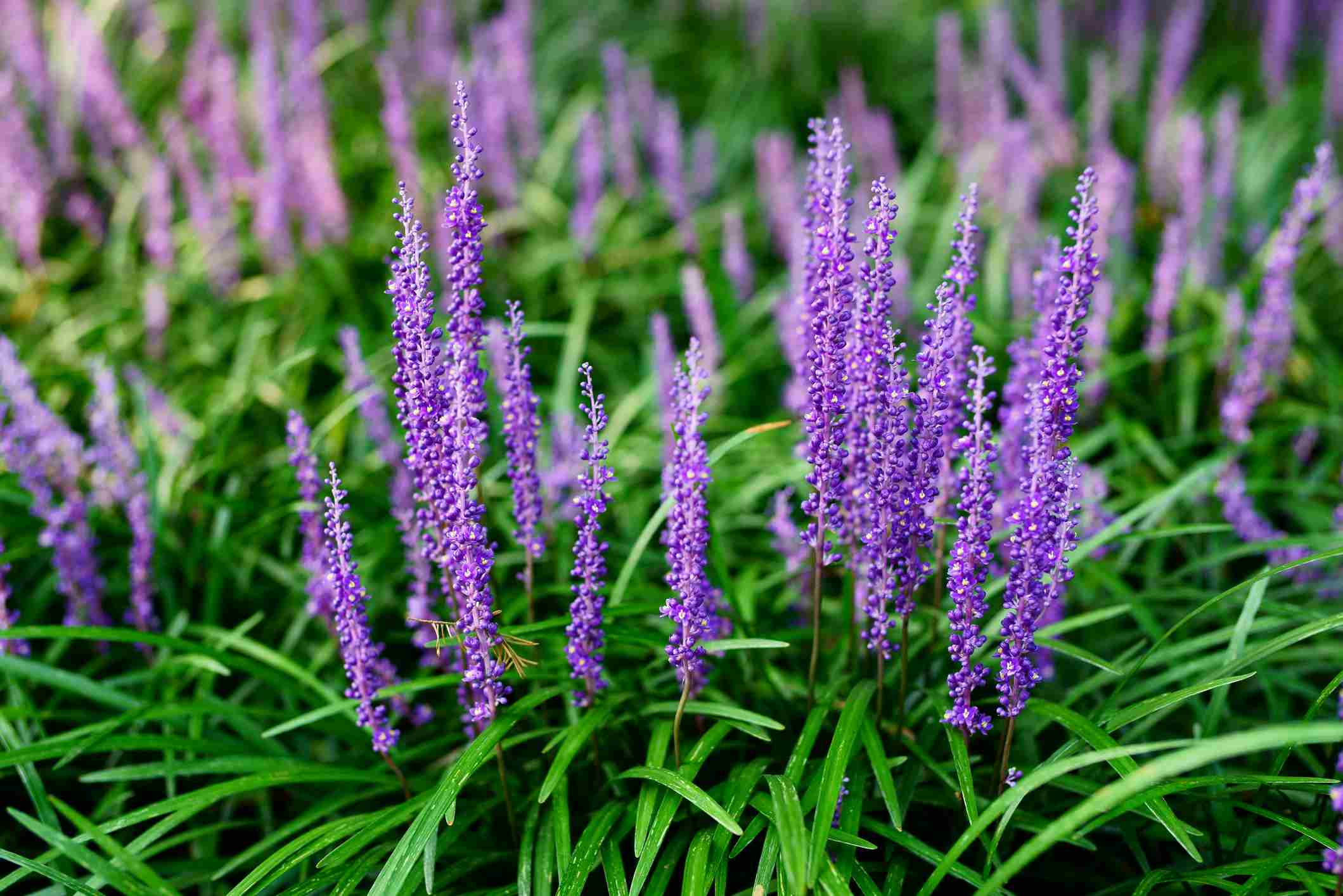
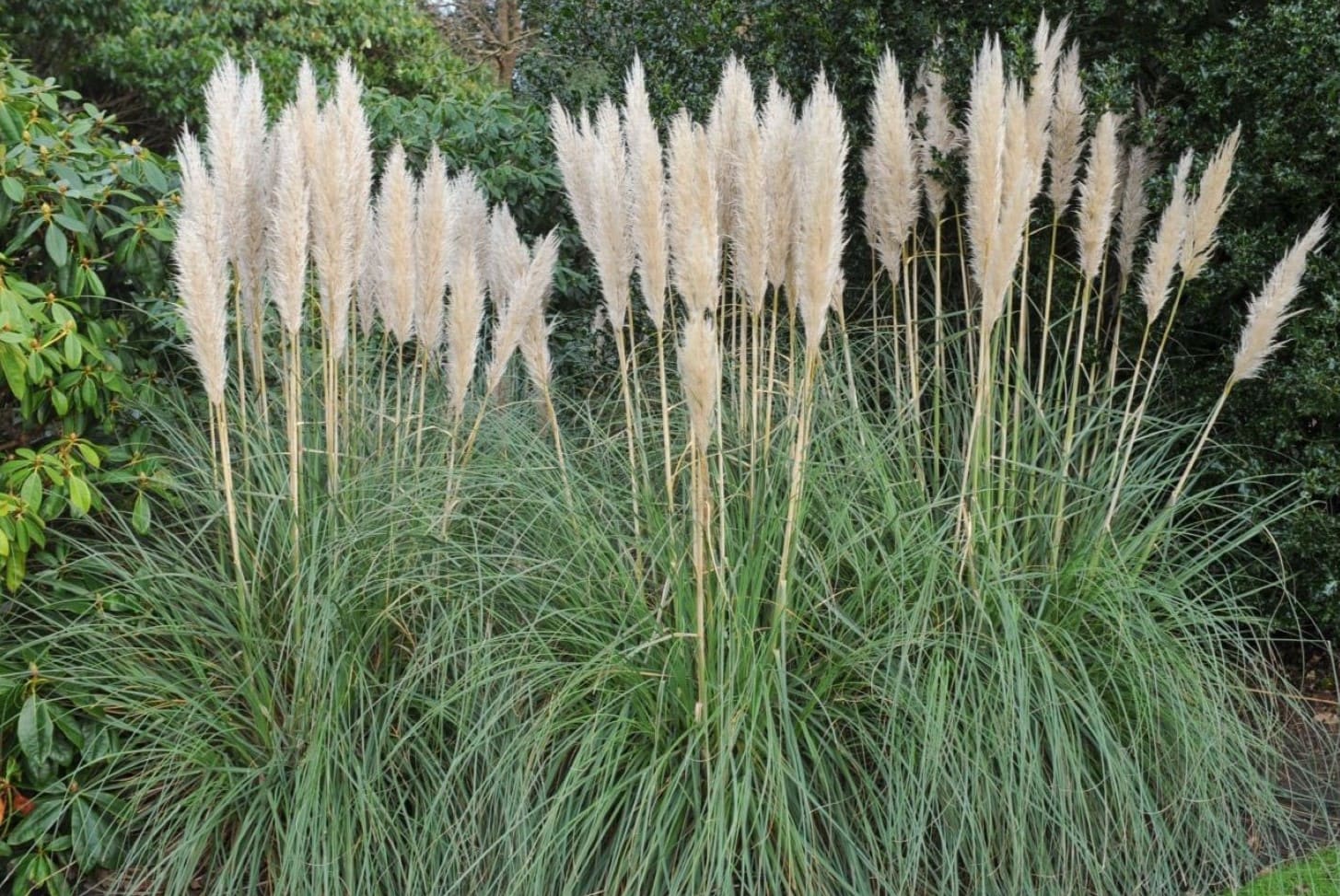
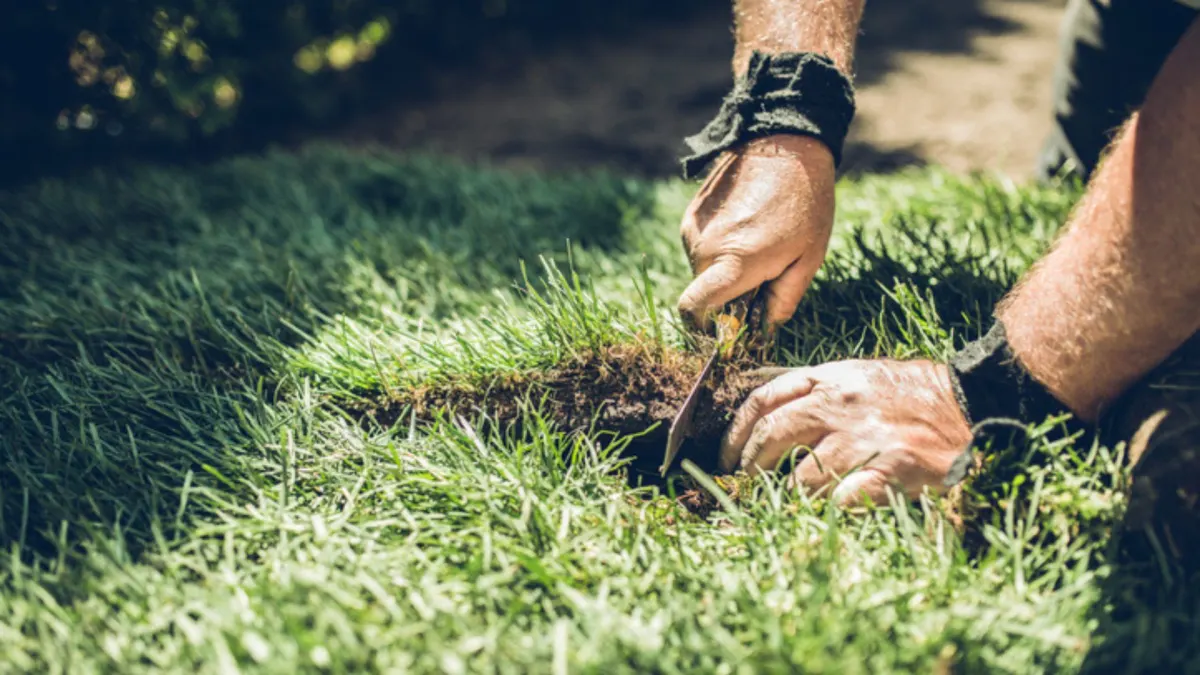
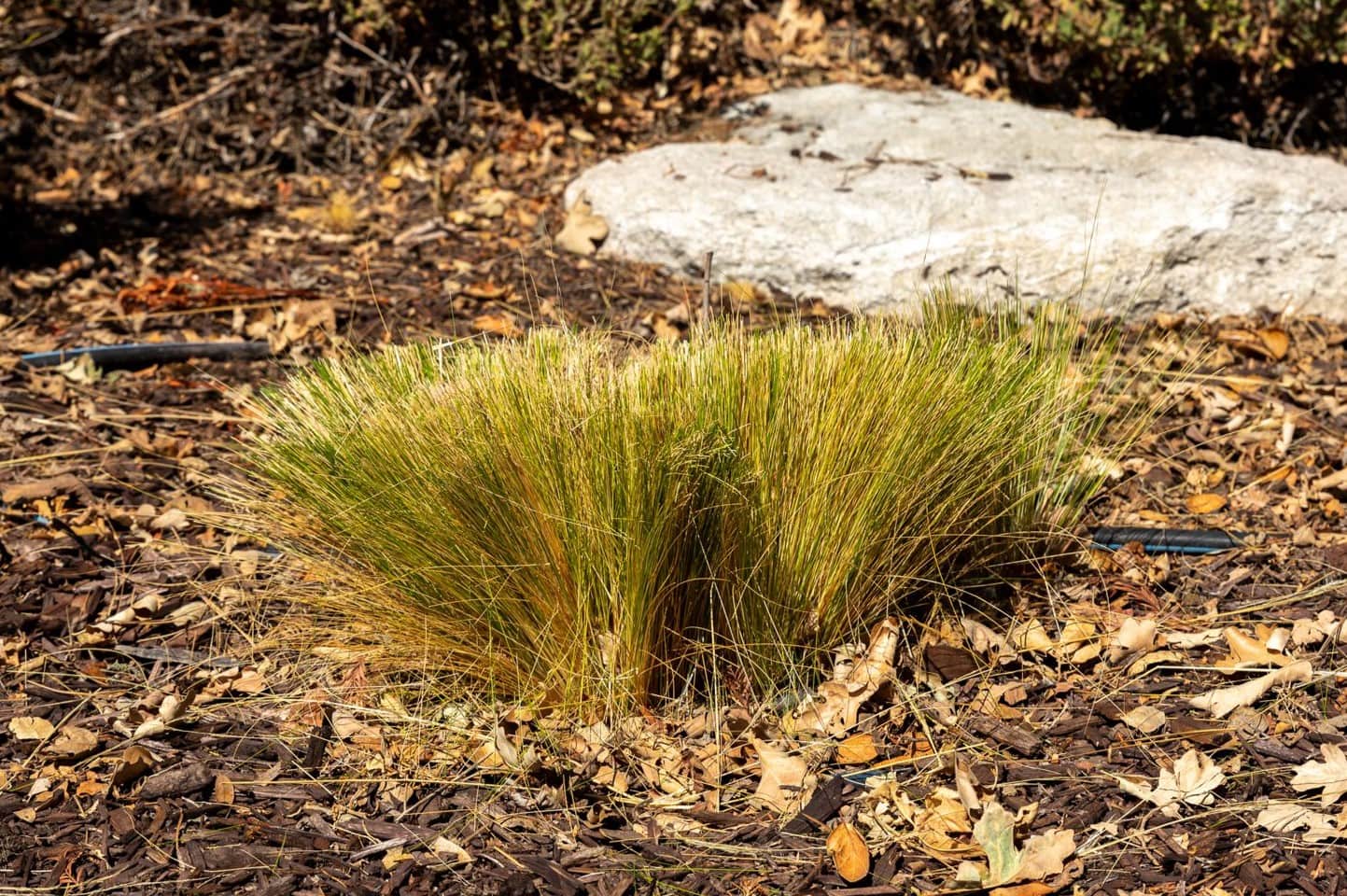
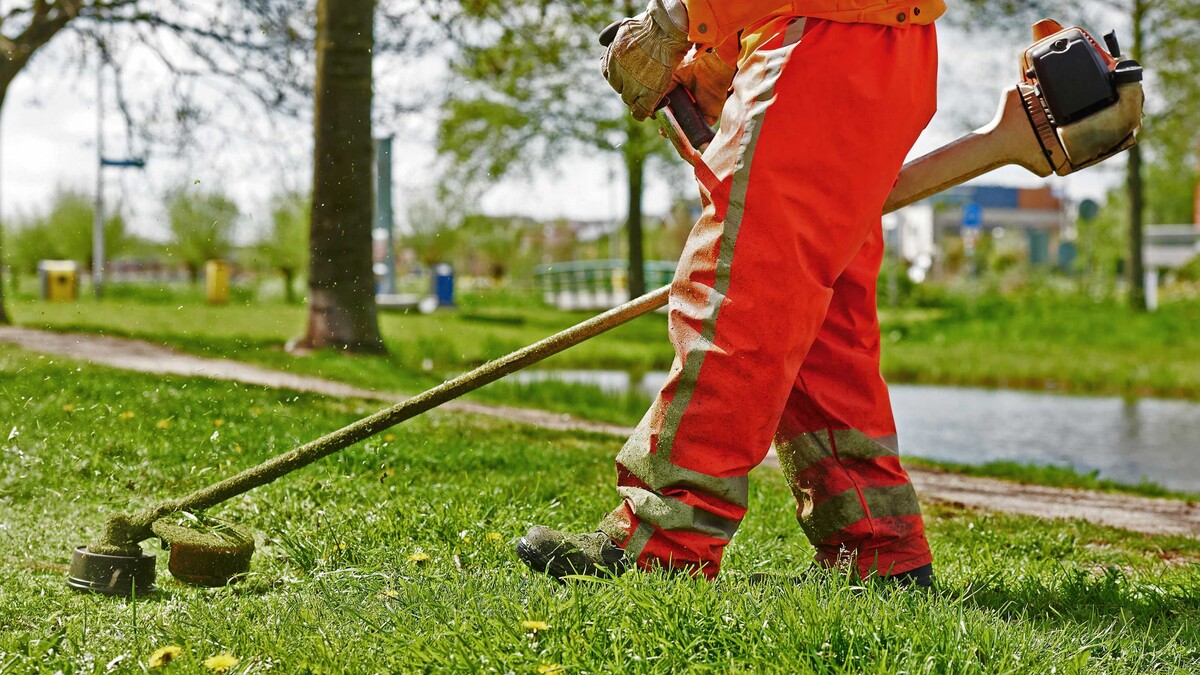
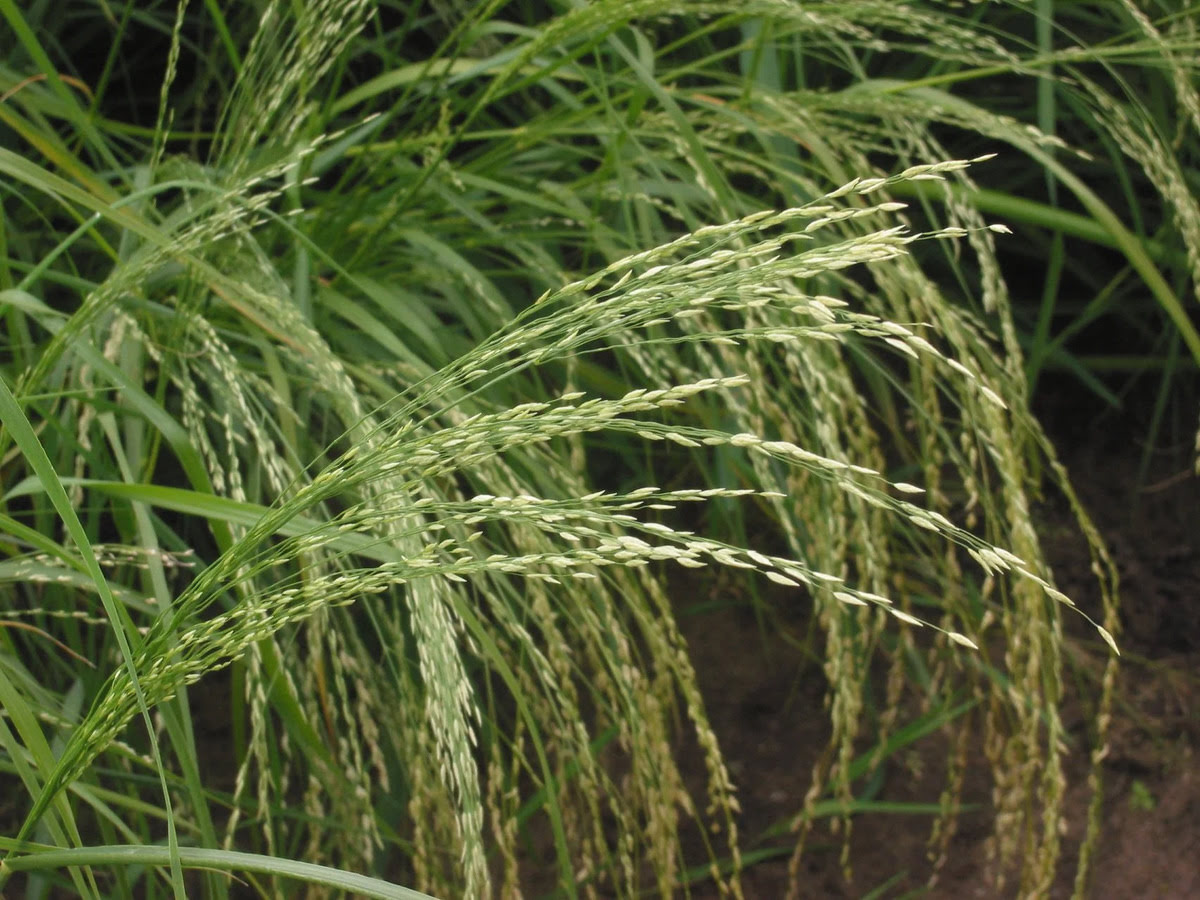

0 thoughts on “When To First Cut My Grass In The Spring”